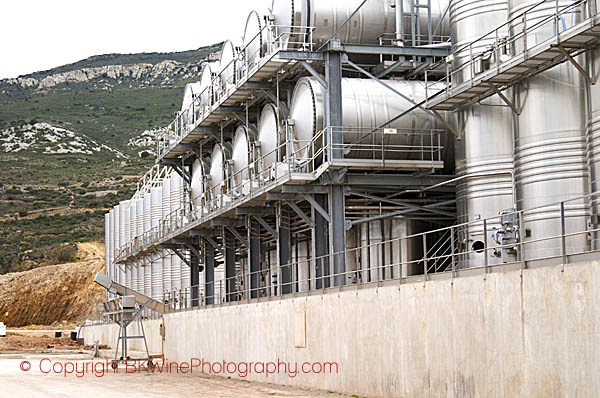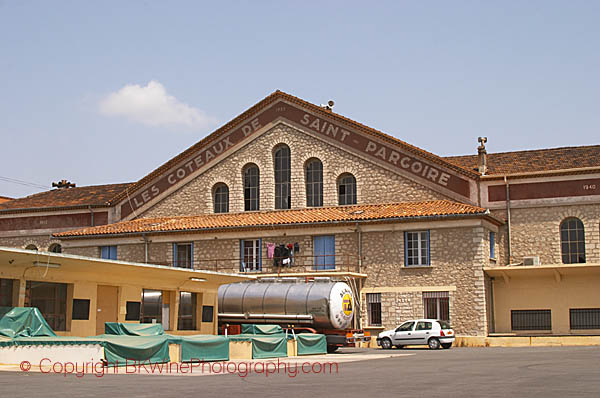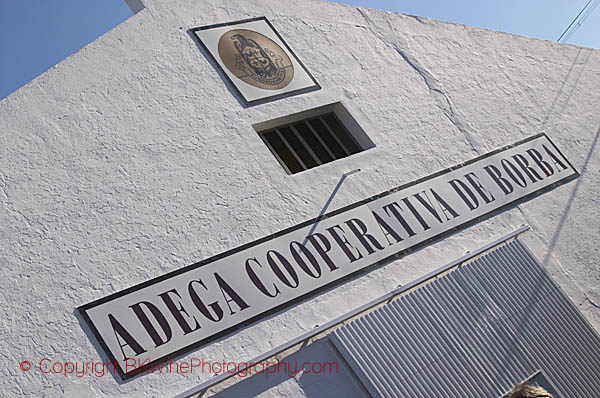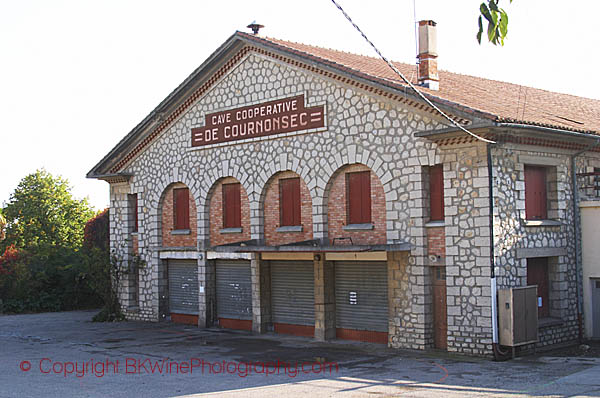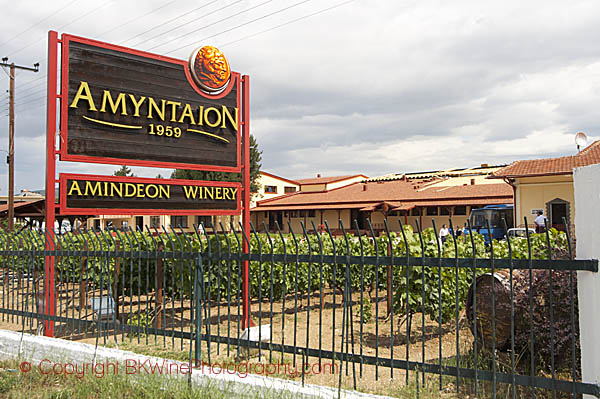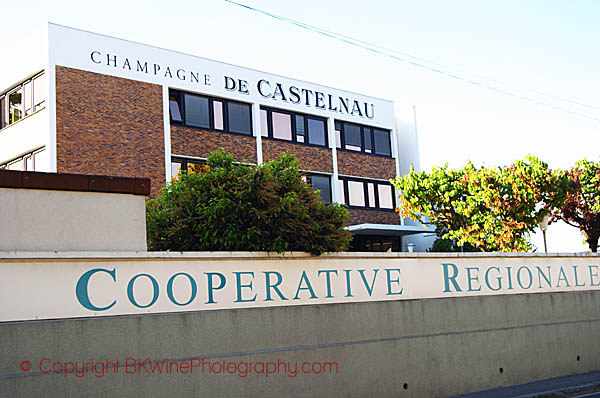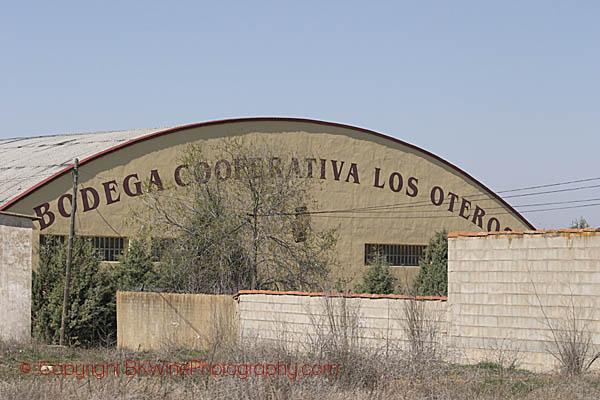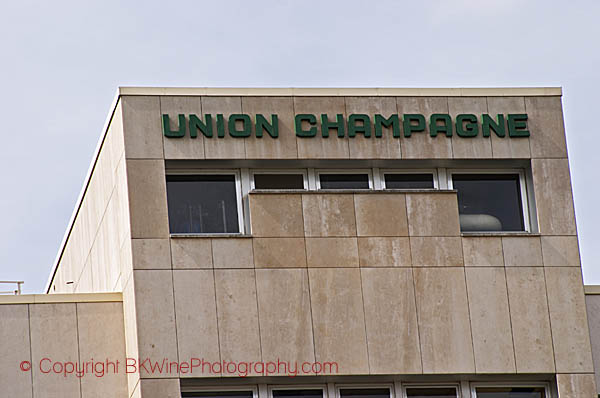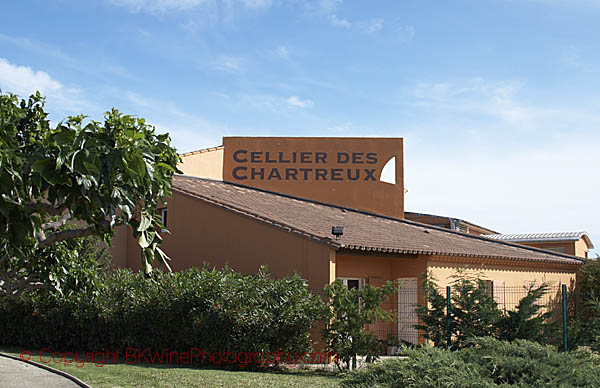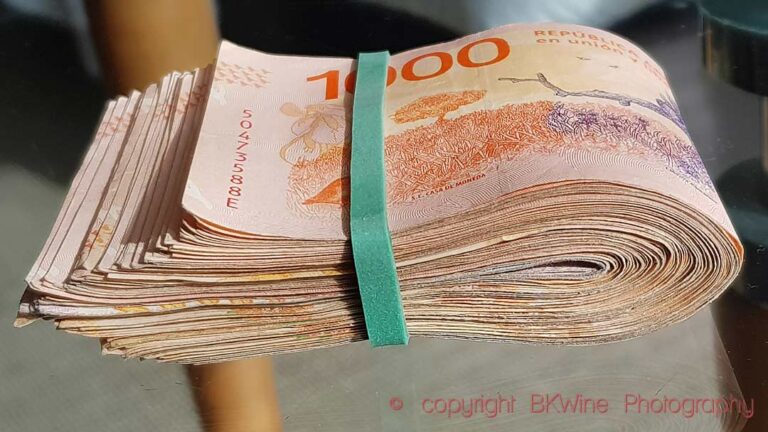Wine lovers often tend to simply ignore wine co-operatives or even look down at them as sources of not so good wine. This is a mistake. It is true that many co-operatives are not tuned for making small batches of high quality wine. And even worse that wine co-operatives are often very poor at marketing.
But it is also true that wine co-operatives in both France, Italy and Spain, and also some other countries, play an important role in the wine business and are hugely influential. Wine co-operatives wield an enormous power both from a business point of view but perhaps more importantly in the way they influence rules and regulations, appellation charters and wine industry governing bodies. And some are even getting better at both quality and marketing.
As a consumer, you are often not aware of that what you are drinking is actually a wine coming from a cooperative!
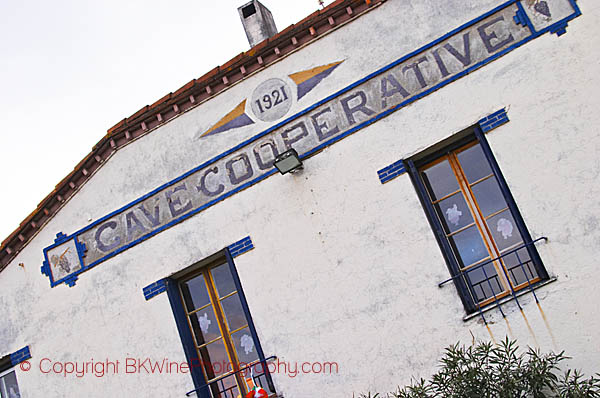
Wines from cooperatives are, bizarrely, allowed to use names that include “chateau” or “domaine” or even use text on the label that says for example “bottled on the domaine”, although there really is no proper “domaine”. Allowed under certain conditions of course. This is verging on being intentionally deceitful in some cases.
You are also drinking co-operative wines more often than you think since co-operatives are large suppliers to negociants, to large wine producers and also to “white label” own brands. So when you buy for example French Bicyclette, Marks & Spencer’s Chardonnay, Arrogant Frog, or other well-known brands it is likely, or at least possible, that some of the wine in the bottle (or in the bag-in-box) originally comes from a co-operative. (French Bicyclette from E&J Gallo does, or did, come from a co-operative, the others are just examples. They may be coop wines or not. I don’t know.)
Here are some numbers that illustrate the importance and the power of the wine co-operatives in France (source: CCVF, Vignerons Coopérateurs de France 2012 and Vitis):
- 51% of all wine in France is made by cooperatives
- This excludes the Charentes, the Cognac region. Cognac grapes are included in the wine production statistics but very little is sold as wine, so it makes sense to exclude it. There are very few cooperatives there though.
- Split in different categories:
- 39% of AOP/AOC wine comes from co-operatives
- 74% of IGP wines (ex-Vin de Pays)
- 43% of other wines
- Only 20% of organic wines comes co-operatives though
- France has
- 619 wine co-operatives (down to 614 in 2014)
- 85 000 coopérateurs, i.e. growers belonging to a co-operative.
- The average land holding of a coopérateur: 6 ha
- The cooperatives have almost 18,000 employees.
- Total turn-over for wine co-operatives: 6 billion euros (2011)
It can be worth mentioning that a wine grower can both belong to a co-operative a (be a coopérateur) and make wine himself. He can supply some of his grapes to a co-operative but make wine himself from a portion of his harvest.
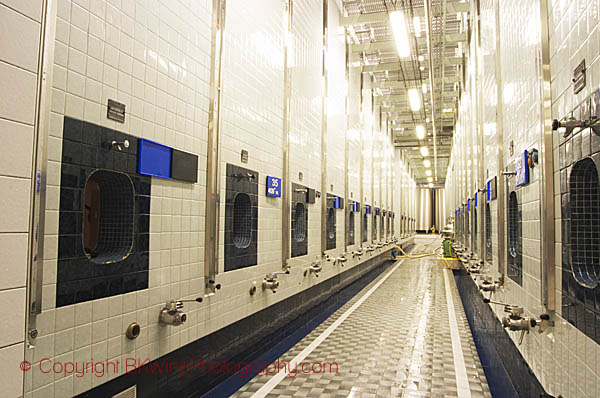
The influence and weight of the co-operatives is very different in different regions though:
Wine co-operatives importance by region in France
| Region | Number of co-ops | Part of the region's production (%) | |
|---|---|---|---|
| Val de Loire | 20 | 12 | |
| Champagne | 138 | 41 | |
| Bourgogne & Jura | 20 | 28 | Burgundy |
| Beaujolais, Lyonnais | 12 | 35 | |
| Alsace | 12 | 31 | |
| Savoie | 3 | 23 | |
| Ardeche | 16 | 78 | West side of northern Rhone (Ct Rotie, St Joseph etc) |
| Drome | 10 | 75 | East side of northern Rhone (Hermitage, Crozes, etc) |
| Corse | 5 | 57 | Corsica |
| Var | 42 | 57 | Big part of Provence |
| Vaucluse | 34 | 63 | Central-southern Rhone, incl Chateauneuf |
| Bouches du Rhone | 17 | 48 | Southern Rhone, western Provence |
| Languedoc Roussillon | 203 | 69 | |
| Midi-Pyrenees | 19 | 39 | South-central France (between Languedoc & Aquitaine) |
| Aquitaine | 48 | 28 | Including Bordeaux, Cahors, Madiran etc |
| Charente | 7 | 1 | Mainly Cognac |
(You can sort the table by clicking on the headings.)
Somewhat surprisingly the region that is most heavily dependent on co-operatives is the northern Rhone Valley.
This is closely followed by the Languedoc-Roussillon and the southern Rhone Valley. This has no doubt historical explanations. These are regions that used to be, and to some extent still is, big suppliers of cheap bulk wine. This is also where the co-operative movement in the wine business kicked off in the early 20th century. (The oldest wine cooperative is actually in Alsace. But it was founded at the time when Alsace was German, before World War I.)
The Languedoc-Roussillon is by far the most important region for wine co-operatives. It is the biggest wine producer in France and it has a very high percentage of co-operative wine producers.
It is also interesting that the co-operative sector is relatively weak in the regions that are famous wine brand names: Bordeaux (Aquitaine) and Burgundy, even though co-ops do have a fairly large part of the Champagne production, the most famous of all wine brands.
So, then next time you drink a wine, give it a though, is it a wine from a co-operative?
(And here’s a list of the biggest wine co-operatives in France. Quite surprising actually.)
